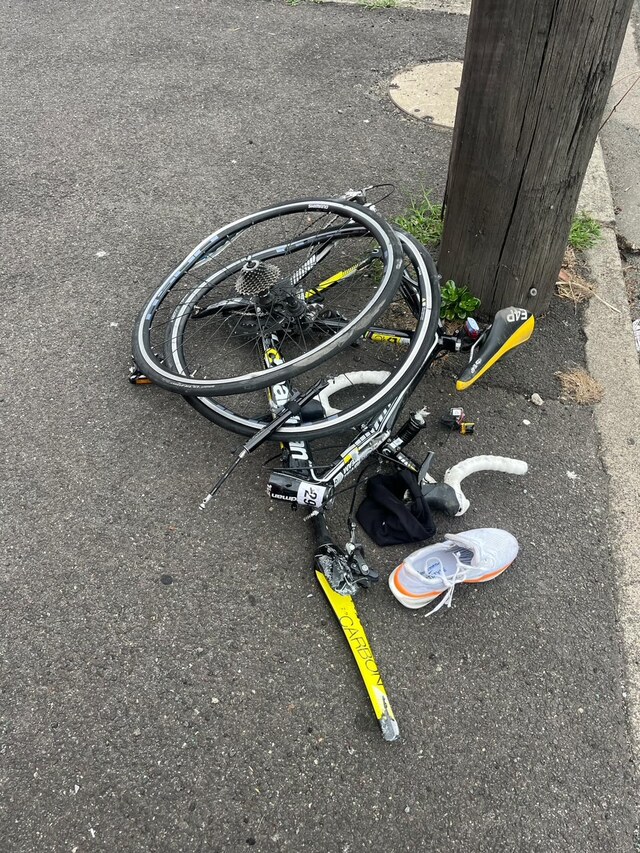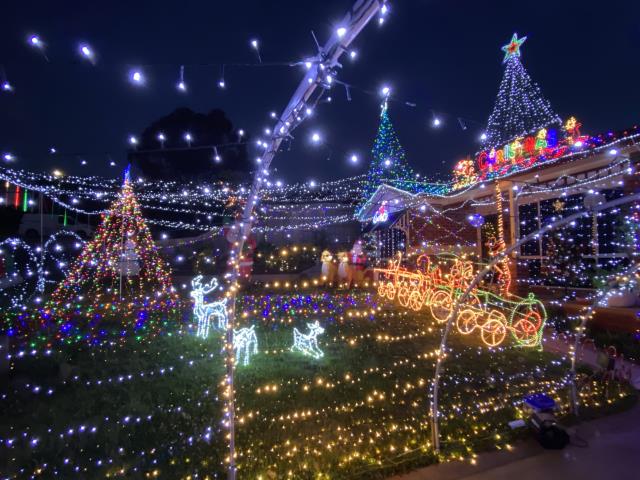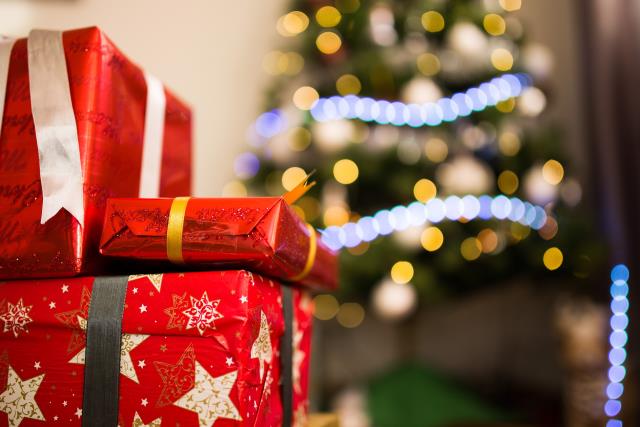Louise Johnson is a long time Hobsons Bay resident and honorary professor at Deakin University. She talks to Molly Magennis about her love of the area and her new book ‘The Story of Australia: A new history of people and place’.
What’s your connection to the western suburbs?
I have lived in the western suburbs of Melbourne for close to 40 years, including Kensington, Williamstown and now Newport. I worked in Geelong and thought it sensible to be on the west side of the city for that. But coming from Sydney, I also loved being close to the sea and Williamstown was magical with Newport close behind.
What do you like about living in the area?
With the lockdown five kilometre rule, I have reconnected with areas close by – Newport Lakes, Williamstown beach and the foreshore walks. They are gorgeous along with the cafes, pubs and bars, special neighbours and the gang from Bayfit classes.
What, if anything, would you change about the area?
Nothing. I reckon it is perfect. Which is why I renovated rather than moved house recently as really I could not find anywhere else as wonderful as here. Thinking harder, I know that I rarely come home late at night on the train as I find Newport station unsafe. It needs the sort of makeover that Footscray or North Williamstown is getting, complete with better lighting, more life and art works. There also needs to be more serious thought given to meeting the needs of new residents moving into the old industrial areas (eg along Blackshaws Road) such as social infrastructure (parks, schools, health centres) not just shops.
What would be your recommendation for a café or restaurant in the area?
My morning coffee ritual is to walk to either the Backyard or Pangos. To eat I tend to go to Yarraville but takeaways and snacks are good from the Pint of Milk, Siam Kitchen, Lower West Side and The Junction Hotel.
Tell us about your new book: ‘The Story of Australia: A new history of people and place’.
As a human geographer I bring a unique perspective to the story of Australia, one that emphasises the importance of Indigenous occupancy, the landscape, cities, suburbs, the place of women and waves of immigration. It is a book that hopefully informs but also brings the history and geography of the country to life in an enjoyable way.
Why did you decide to write a book on this subject?
I spent 40 years teaching Australian Studies at Deakin University. Combining history, sociology, politics, cultural studies and geography together was always important to me and to students who wanted a broad understanding of their country. Writing the book from all of this experience, with two of my favourite colleagues who had particular areas of expertise – Tanja Luckins on popular culture David Walker on Australia and Asia – seemed a good way to end a long career.
Do you have plans to publish more books in the future?
Of course. I can’t imagine not working on a book project. First I want to learn how to write fiction, which is far harder for me than writing a historical geography of Australia. This will be a fictional account of the slow destruction of my beloved university system, set against the backdrop of the Women’s Liberation Movement and moves to corporatize the academy. My other project is to research and write about “just transitions”, how people and place can best move away from fossil fuel dependence in a way that also addresses social inequality.







